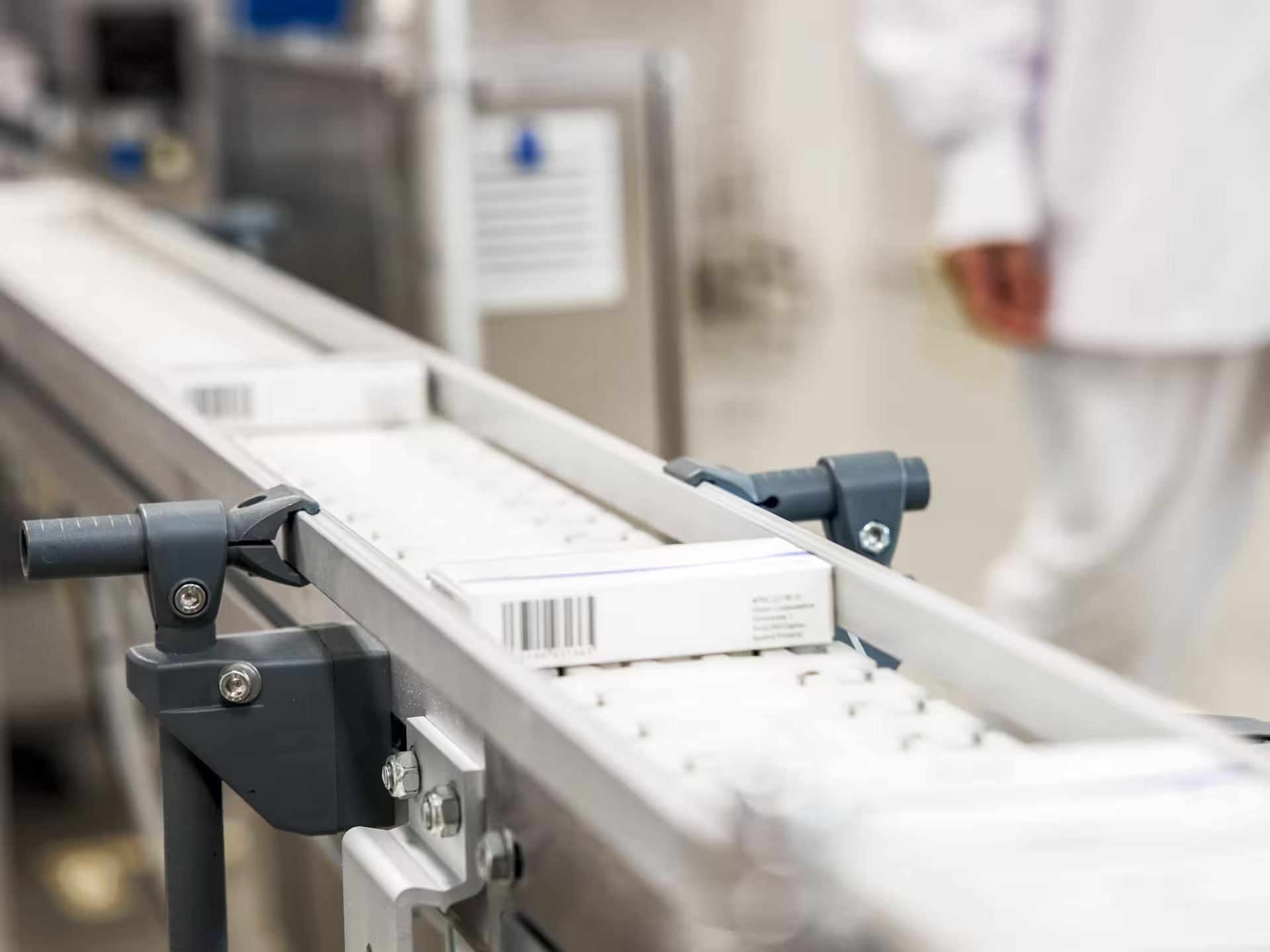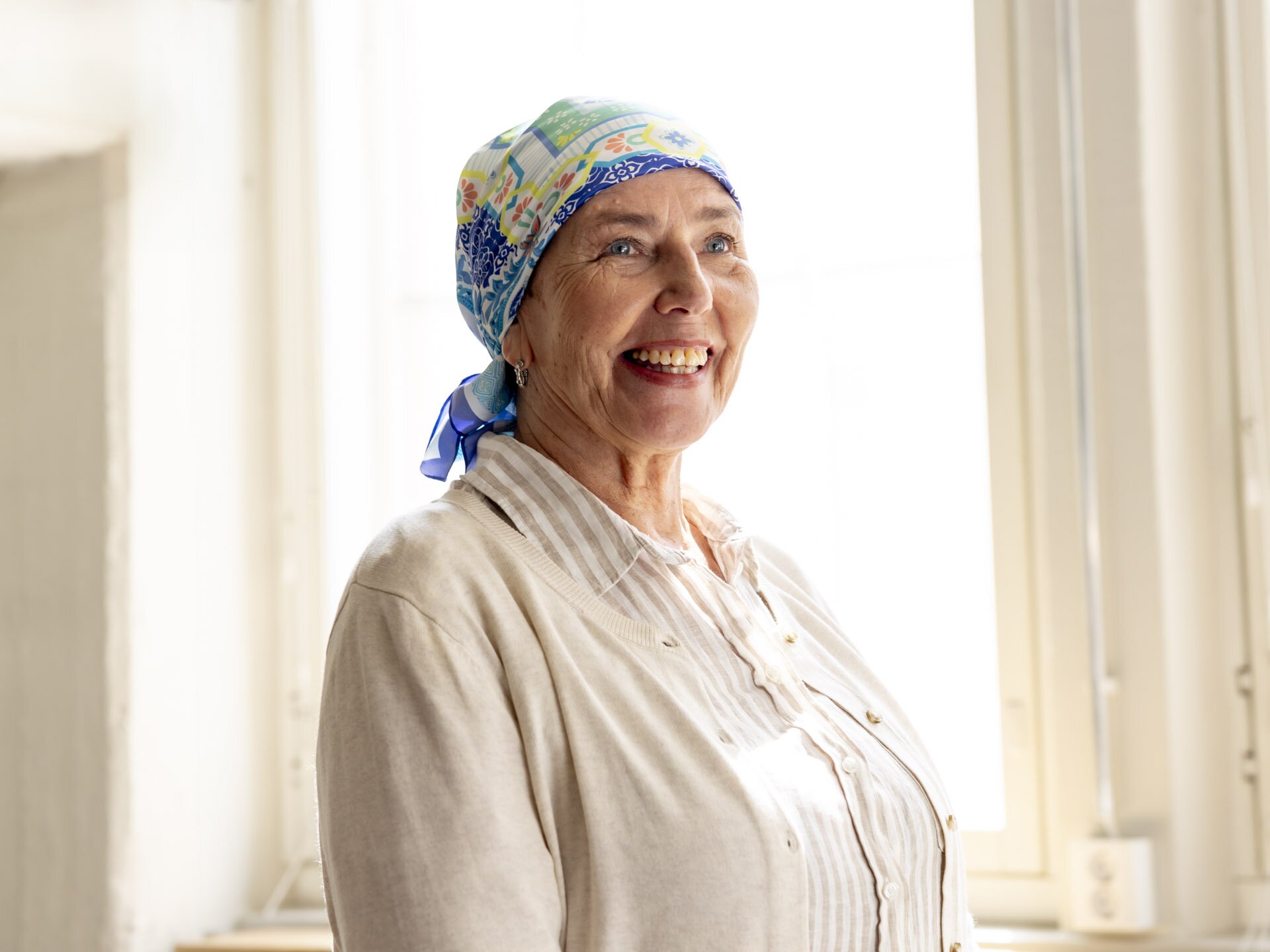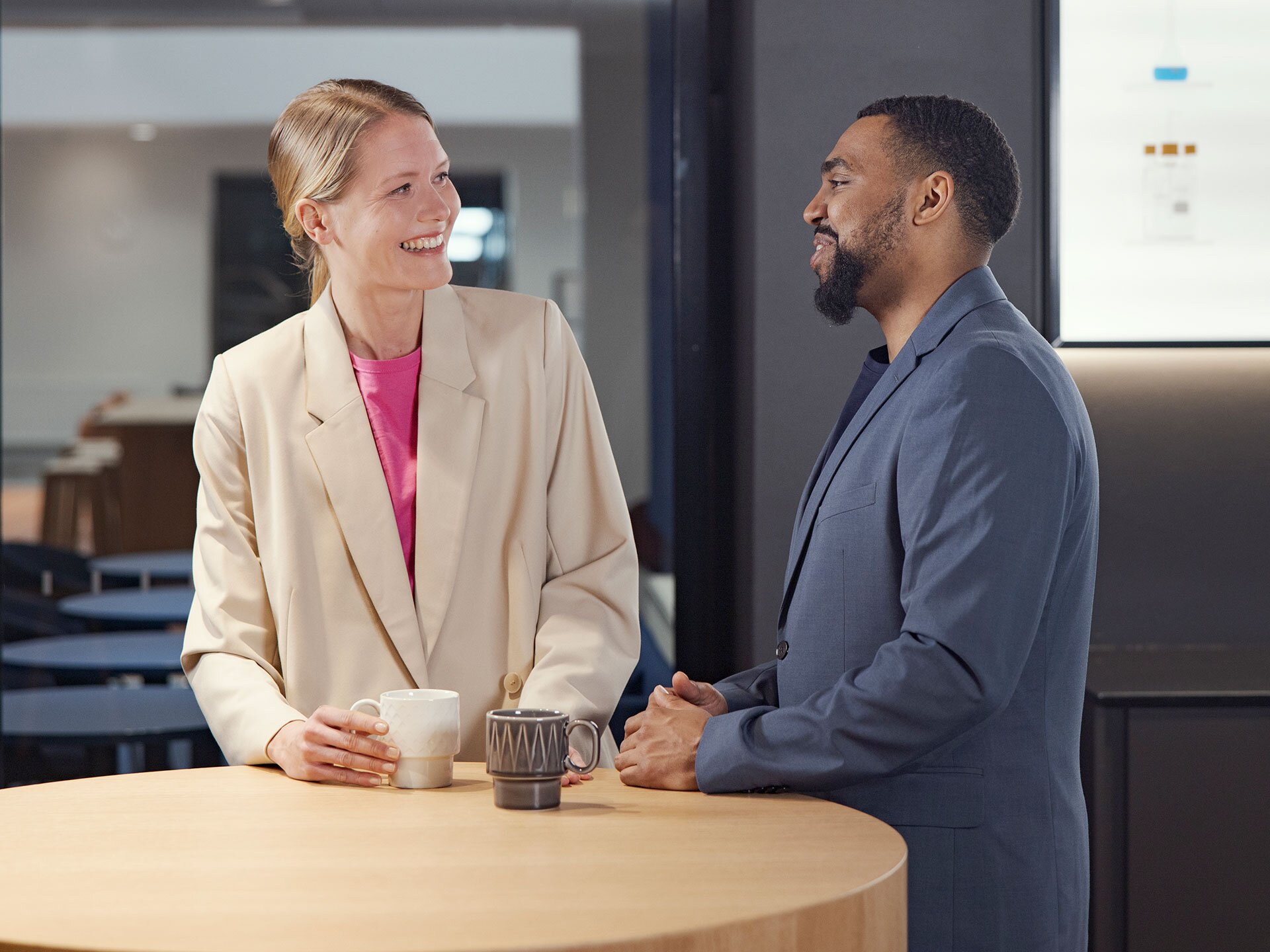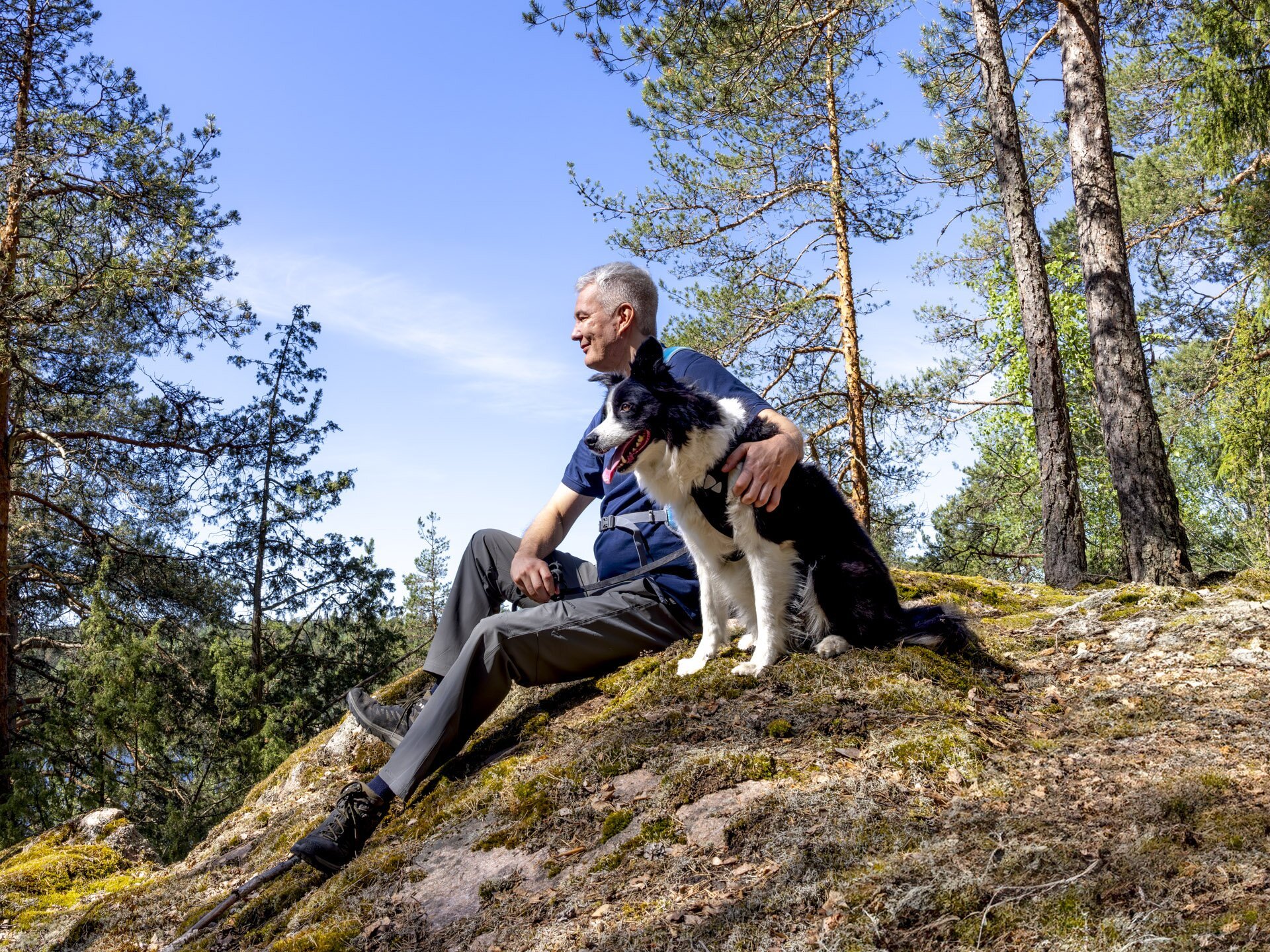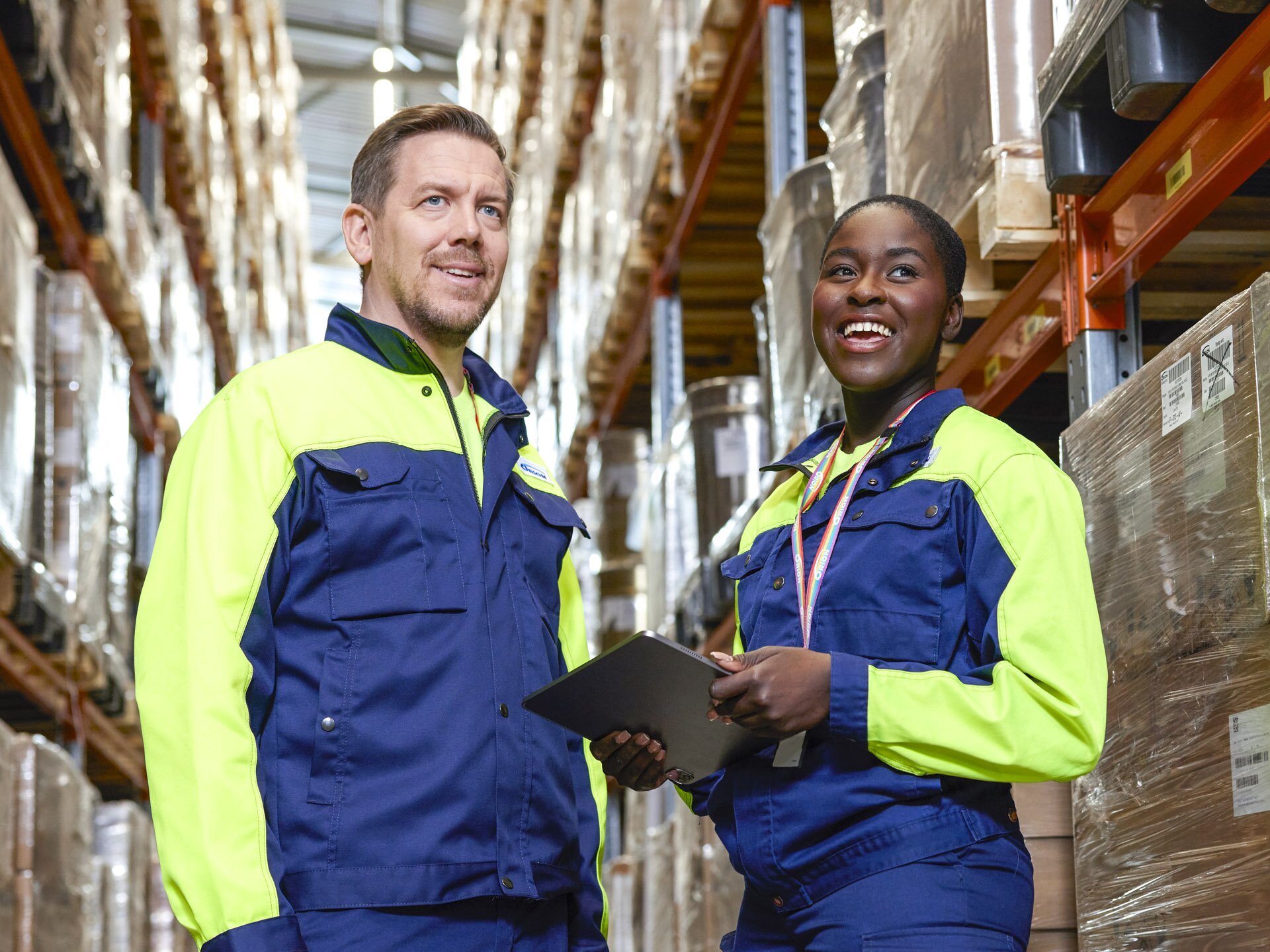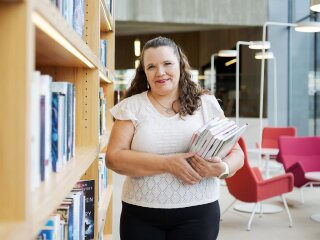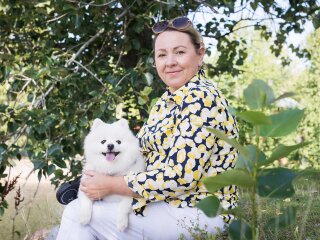“That’s it! What’s next?” used to be 51-year-old Heli Salo’s approach to everything she took upon herself to do.
“I have always loved getting things done and making plans,” she says.
Now she has had to learn the new skills of slowing down and enjoying doing nothing.
In fact, she had little choice: if Heli exerts herself too much, she will literally run out of breath. In more precise terms, Heli has COPD, chronic obstructive pulmonary disease.
A cold she couldn’t seem to shake off was a COPD flare-up
Heli was diagnosed with COPD in 2020. At that point, she had suffered from respiratory tract symptoms for ten years.
“My heart was pounding walking uphill or climbing stairs. I felt like I was choking. I was sure I had something wrong with my heart.”
I had other symptoms as well: my lips were blue, I had difficulty breathing and sleeping ten hours at night did not seem to be enough to recover from normal daily life. And whenever I caught a cold, it would last for weeks.
It wasn’t until the COPD diagnosis that it all started to make sense. What Heli and the doctors had taken to be prolonged bouts of a cold were, in fact, flare-ups of COPD triggered by the cold. This is typical of COPD. The diagnosis was a relief: Heli’s symptoms had an explanation and she could now start considering what to do about them.
“I don’t do Google. A friend of mine suggested I apply for the KELA adaptation training course to find the information I need. I also met others with the same condition, who understood exactly how I felt and what my situation was.”
Medication and exercise are essential in COPD
Heli is currently taking two different medicines for her COPD – a long-acting anti-inflammatory inhaler every morning and short-acting bronchodilator as necessary.
With consistent treatment, her lungs remain in relatively good shape and she feels much better than at the time she was first diagnosed.
Much of this is thanks to Heli’s own proactive attitude. She learnt in the adaptation training that the medication is only one small element in the overall treatment. It is a lot more important to maintain a healthy lifestyle, including a balanced diet and, in particular, regular exercise. Exercise for COPD patients always takes place on the lungs’ terms.
I can no longer ride a normal bike but an e-bike is a great option for me.
“I can no longer ride a normal bike but an e-bike is a great option for me. Step aerobics is also out of the question but I swapped it for water aerobics, asahi and yin yoga, which support and reinforce the lungs.”
Lungs must be protected against too much exertion
It is essential that Heli listen to her body and aim to protect her lungs against too much exertion. She uses various devices and aids to make her daily life easier.
Her robot vacuum does some of the cleaning and she does her shopping with a “granny trolley”. She has a disabled parking permit, which allows her to park near the supermarket entrance and avoid long walks with heavy shopping.
Heli is also happy to accept a little help from her friends and family. She always goes swimming together with a friend.
“I have an exercise wristband for special groups, so my assistant goes free. When in the pool, my assistant swims at my pace and makes sure I’m breathing OK.”
Flare-ups make you slow down
With COPD, Heli has learnt to slow down and enjoy doing nothing.
Particularly after a flare-up, it is essential to rest and avoid exertion. Sometimes this means that appointments and plans must be postponed. Her friends and family members understand that sometimes she has to cancel. Heli says that allowing herself to do this has been more challenging for her than for others.
“Being easy on myself is sometimes really difficult. I found it so frustrating at the beginning that I had to learn to stop and calm down – and to enjoy it!”
I found it so frustrating at the beginning that I had to learn to stop and calm down – and to enjoy it!
Now Heli knows that card games, films and books are an excellent way of passing the time even if she has to take things slowly.
And once she feels well enough again, she can carry on with her normal, active life.
Heli Salo’s tips for people with COPD
- Take charge of your health. COPD can be lived with and there is a lot you can do to promote your own health. Pay attention to a healthy lifestyle and be physically active in ways that are comfortable for your lungs.
- Accept help. Think what aids or equipment you can use to avoid overloading your lungs. Don’t be shy to ask your friends and family for help.
- Find peer support. Sharing your experiences helps you to understand your own situation better. It important to surround yourself with people who understand what you are going through. Peer support is available through patient associations and social media, among other sources. The Toivo peer support app is a channel where you can share your experiences with others anonymously.
